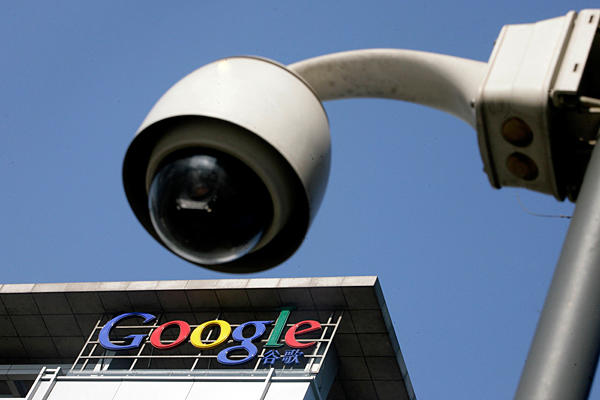In a chapter of A New Literacies Sampler titled ‘Online
Memes, Affinities, and Cultural Production’, the author illustrates the parameters
for a meme as well as several examples of qualifying pieces of media. Although
he is careful to clarify that a meme does not need to be media (memes have
existed far longer than modern technology) today’s memes are generally viral media
content that spread quickly from person to person, not unlike the biological
spread of a virus. According to Richard
Dawkins, a meme must have longevity, fidelity, and fecundity in order to be
successful; that is, the length it can survive, its replicability, and the rate
the meme is copied and spread.
One example of a
popular meme is the video “The Crazy Nastyass Honey Badger” narrated by
Randall, which has over 63 million views on YouTube.
The video consists of footage from
a nature documentary about the honey badger with a humorous voiceover by
Randall. It went viral after being posted in 2011, even being referenced in
television and by famous athletes who announced they would emulate the honey
badger’s attitude of “take what you want
regardless of others” and “Honey Badger don’t give a shit”. There were several
similar videos preceding “The Crazy Nastyass Honey Badger”, but none of them
received as much media attention as Honey Badger did. They were all variations
on the theme of a comedic voiceover of nature documentary excerpts, some
examples of which are “I Hate Nature” and
“Fuck Planet Earth”.
“I Hate Nature” is considered by Know Your Meme to
be the earliest precursor to Honey Badger. However, “Spiders on Drugs” is also
reminiscent of the Honey Badger video’s style, and was uploaded in 2006 with
currently over 34 million views on YouTube. “The Crazy Nastyass Honey Badger”
video itself has not changed over the years, however, due to its success and
viral spread the narrator created a series of similar videos titled “Randall’s
Wild Wild World of Animals”. Randall has also created commercials in the same
narrative style and narrated a commercial for the television show Mythbusters,
among other things.
“The
Crazy Nastyass Honey Badger” video fits Dawkins’ parameters of meme success;
fidelity, longevity, and fecundity. Due to its unique narration style the video
is certainly memorable, and the layout (comedic voiceover to nature scenes) is
easily replicated by others who may wish to create similar videos. It certainly
was not difficult for Randall, as “Randall’s Wild Wild World of Animals” has
over 160 videos, some of which feature Randall singing popular songs in the
same tone and style he used for Honey Badger, titled “Honey Badger Sings”.
Other users have created songs and remixes to the Honey Badger video, and a
series of photographic memes have also sprung up.
The video also possesses longevity;
even though it is no longer so viral, it is still a highly viewed video and
views continued to spike a year after its release. More so, its longevity
exists in the people who have seen the video; although it is likely better
known among young people, a huge number of people know what Honey Badger refers
to and likely will for a long time. Finally, its fecundity is undeniable; it
spread quickly from erson to person, largely due to its carefree comedic
element. Additionally, since the video is only 3 ½ minutes long, it was not
difficult for people to show their friends which also contributed to its
spread.
























